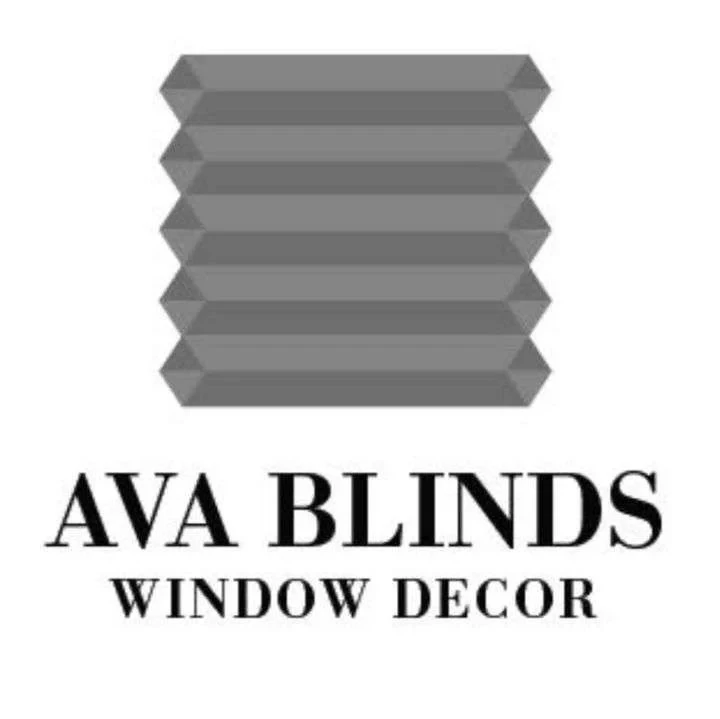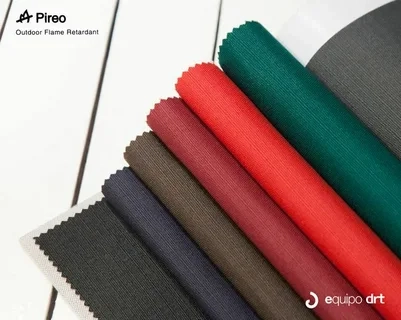Contract Fabrics: Where Compliance Meets Creativity in Commercial Interiors
In today’s commercial spaces — where branding, comfort, and compliance all compete for attention — choosing the right materials makes all the difference. And when it comes to textiles, there’s one type that consistently checks all the boxes: contract fabrics.
Whether you're designing a chic hotel, a modern healthcare facility, or a future-forward coworking space, contract fabrics give you the best of both worlds — performance and style.
Let’s explore what they are, how they work, and why they’re indispensable in commercial interior design.

📚 Table of Contents
- What Makes a Fabric “Contract-Grade”?
- The Business Case for Using Contract Fabrics
- Key Performance Features
- Most Common Applications
- Fire Safety & Legal Standards
- Interior Design Possibilities
- Trends in Commercial Textile Design
- Sourcing Smart: What to Ask Suppliers
- Final Thoughts
- FAQs
What Makes a Fabric “Contract-Grade”?
At a glance, contract fabrics may look similar to regular residential textiles. But they’re engineered from the thread up to withstand the demands of high-use, public environments.
A fabric is considered “contract” when it meets specific industry standards for:
- Durability
- Fire resistance
- Cleanability
- UV and abrasion resistance
Think of them as the professional athletes of the textile world — trained, tested, and certified to perform.
The Business Case for Using Contract Fabrics
You may wonder: Why not just use regular fabrics?
Here’s why commercial designers, contractors, and facility managers choose contract textiles every time:
✅ 1. Reduced Liability
Fire safety compliance isn’t just smart—it’s legally mandatory. Non-compliant fabrics can void insurance or fail inspections.
✅ 2. Lower Lifetime Costs
Though the initial cost is slightly higher, contract fabrics reduce replacement frequency, repair costs, and cleaning expenses.
✅ 3. Better Client Satisfaction
Contract fabrics deliver style, comfort, and functionality, which means fewer complaints and stronger client impressions.
✅ 4. Brand Consistency
With custom prints and coordinated color palettes, you can seamlessly match fabric choices to a brand’s visual identity.
Key Performance Features
Not all contract fabrics are the same, but here are essential features to consider:
FeatureWhy It MattersHigh Rub CountMeasures abrasion resistance (30,000+ cycles for seating use)Flame RetardancyMeets required fire codes like BS 5867, NFPA 701, etc.Stain ResistanceRepels spills, oil, and food stains — especially in hospitalityMoisture ResistancePrevents mold and mildew, great for marine and healthcare settingsUV ResistancePrevents fading in sunlit environmentsAntimicrobial FinishInhibits bacteria and virus growth — ideal for hospitals and clinicsBleach CleanableWithstands strong disinfectants without fading or degradation
Most Common Applications
Contract fabrics show up in more places than you might expect. Here’s where they shine:
🪑 Upholstery
From cinema seats to restaurant booths, these fabrics withstand constant use while staying stylish.
🪟 Curtains & Blinds
Used in hospitals, hotels, and offices — they manage light and privacy while meeting flame codes.
🎯 Wall Coverings
Acoustic fabric wall panels are functional and attractive, used in theaters, conference rooms, and hotels.
🏥 Medical Furniture
Medical-grade contract fabrics are waterproof, antimicrobial, and bleach-safe for hygiene-critical spaces.
🛋️ Hotel Decor
Think headboards, decorative cushions, and lounge furniture — all color-coordinated and hardwearing.
Fire Safety & Legal Standards
Fire compliance is one of the core reasons contract fabrics are used. Laws vary by region and application:
CertificationUse CaseRegionBS 5867Curtains, drapesUKBS 7176 (Crib 5)Upholstery seatingUKNFPA 701Hanging fabrics, drapesUSACAL TB 117Furniture upholsteryUSAIMO A652Marine applicationsGlobal
💡 Tip: Always verify the specific fire rating required for your location and building type before ordering.
Interior Design Possibilities
If you think contract fabric means boring, think again.
Designers today enjoy a rich variety of:
- Woven patterns and textured effects
- Colorways to suit any palette
- Digitally printed custom designs
- Sustainable options that meet green certifications
- Designer collections by industry pros like Patricia Urquiola, Paul Smith, and more
Some suppliers even offer fabric collections that span upholstery, curtains, and wall panels, making it easy to create a fully coordinated space.
Trends in Commercial Textile Design
Here’s what’s hot right now in the world of contract fabrics:
🌱 Sustainability First
Clients are demanding eco-friendly options like recycled yarns, water-free dye processes, and biodegradable coatings.
🧘 Biophilic Influence
Natural textures and color schemes that mimic organic environments are taking over — think linen weaves and earth tones.
🎨 Bold Branding
From coworking spaces to boutique hotels, businesses want custom-printed fabrics with logos, slogans, or bold visual patterns.
🔇 Acoustic Fabrics
Sound-absorbing panels and upholstery are increasingly popular in open-plan offices and hospitality venues.
Sourcing Smart: What to Ask Suppliers
Not all suppliers offer the same quality, stock levels, or compliance support. Ask these questions before committing:
✅ Must-Ask Questions:
- Does the fabric meet fire codes for my region and use case?
- What’s the rub count or Martindale rating?
- Is it in stock, or made-to-order?
- Are samples and technical sheets available?
- Is there a minimum order quantity (MOQ)?
- Are custom color or print options available?
👌 Trusted Contract Fabric Brands:
- Camira – Sustainable & acoustic-focused fabrics
- Kvadrat – Premium design and innovation
- Panaz – Leading in hospitality and healthcare
- Maharam – Known for designer collections
- Chieftain Fabrics – Tough faux leathers
- Agua – Waterproof and fire-rated solutions
Final Thoughts
When it comes to commercial design, choosing the right fabric isn’t just a detail — it’s a critical decision that impacts performance, safety, and aesthetics.
Contract fabrics offer a balance of beauty and brawn. They help you meet fire codes, extend product life, maintain hygiene, and delight clients with tailored designs.
So the next time you spec a chair, curtain, or wall panel — remember, the right fabric turns “compliant” into compelling.
FAQs
1. Can I use contract fabrics in residential settings?
Absolutely! They’re great for home offices, rentals, and family homes that need more durable, easy-to-clean materials.
2. What is Martindale testing?
It’s a rub test used to measure abrasion resistance. Fabrics over 30,000 rubs are considered suitable for heavy commercial use.
3. Are contract fabrics only for upholstery?
No — they’re used for curtains, blinds, wall panels, room dividers, and even ceiling baffles.
4. How do I clean contract fabric?
Most can be wiped down with mild detergent; some are even bleach-safe or machine washable depending on their finish.
5. Can I request custom designs or branding on contract fabric?
Yes! Many suppliers offer digital printing for logos, color matching, or exclusive patterns to match brand guidelines.
sponsor post:

